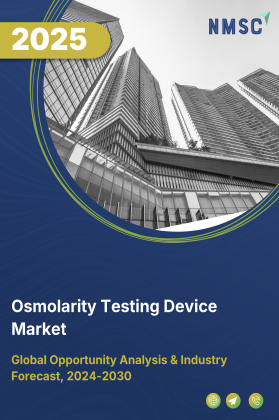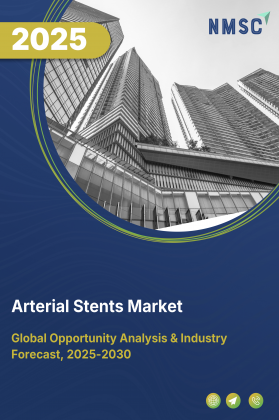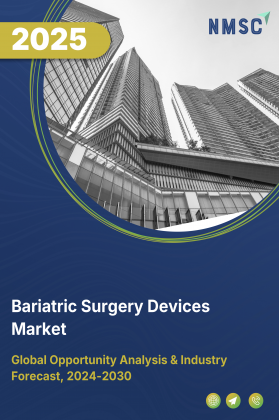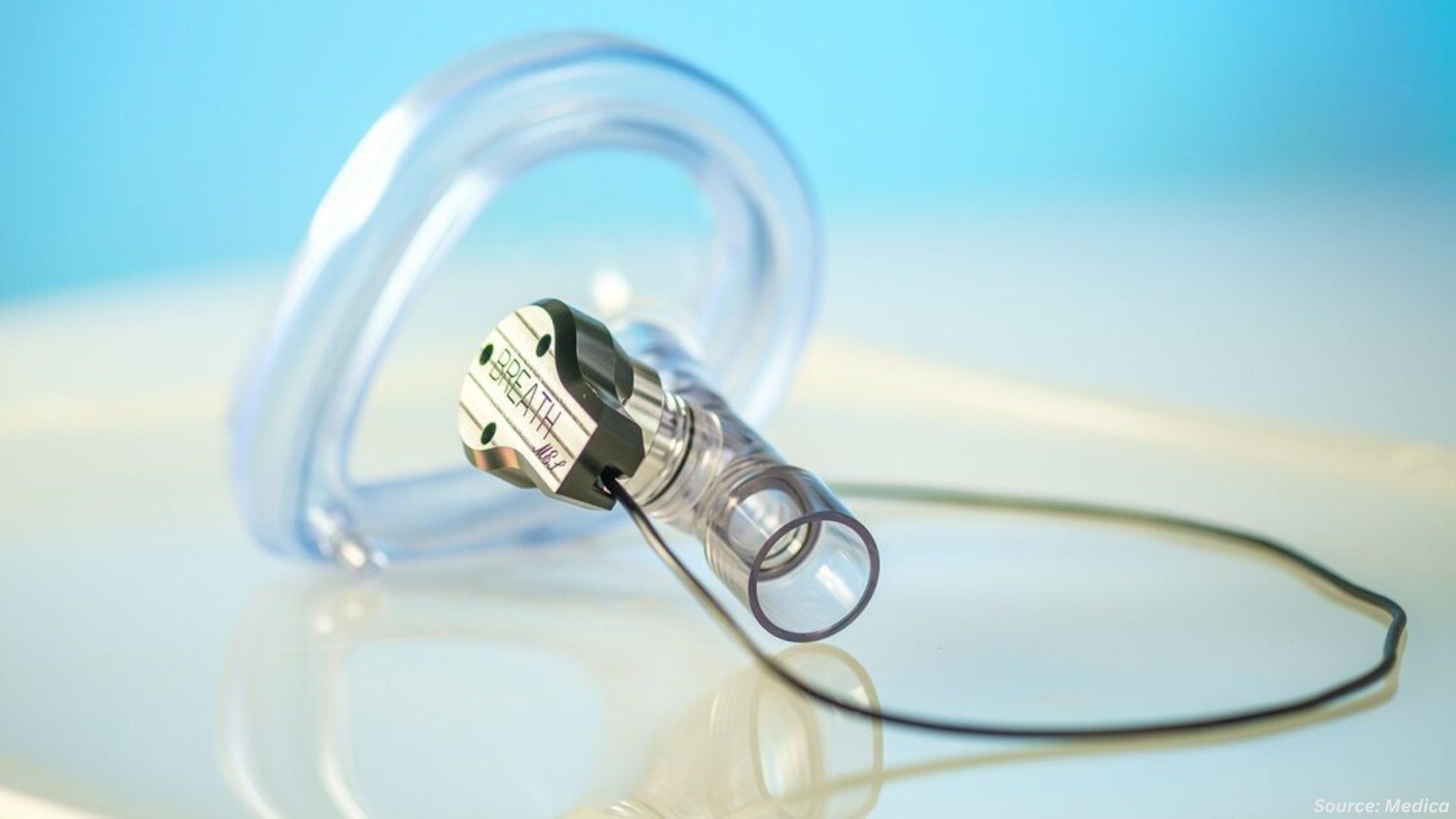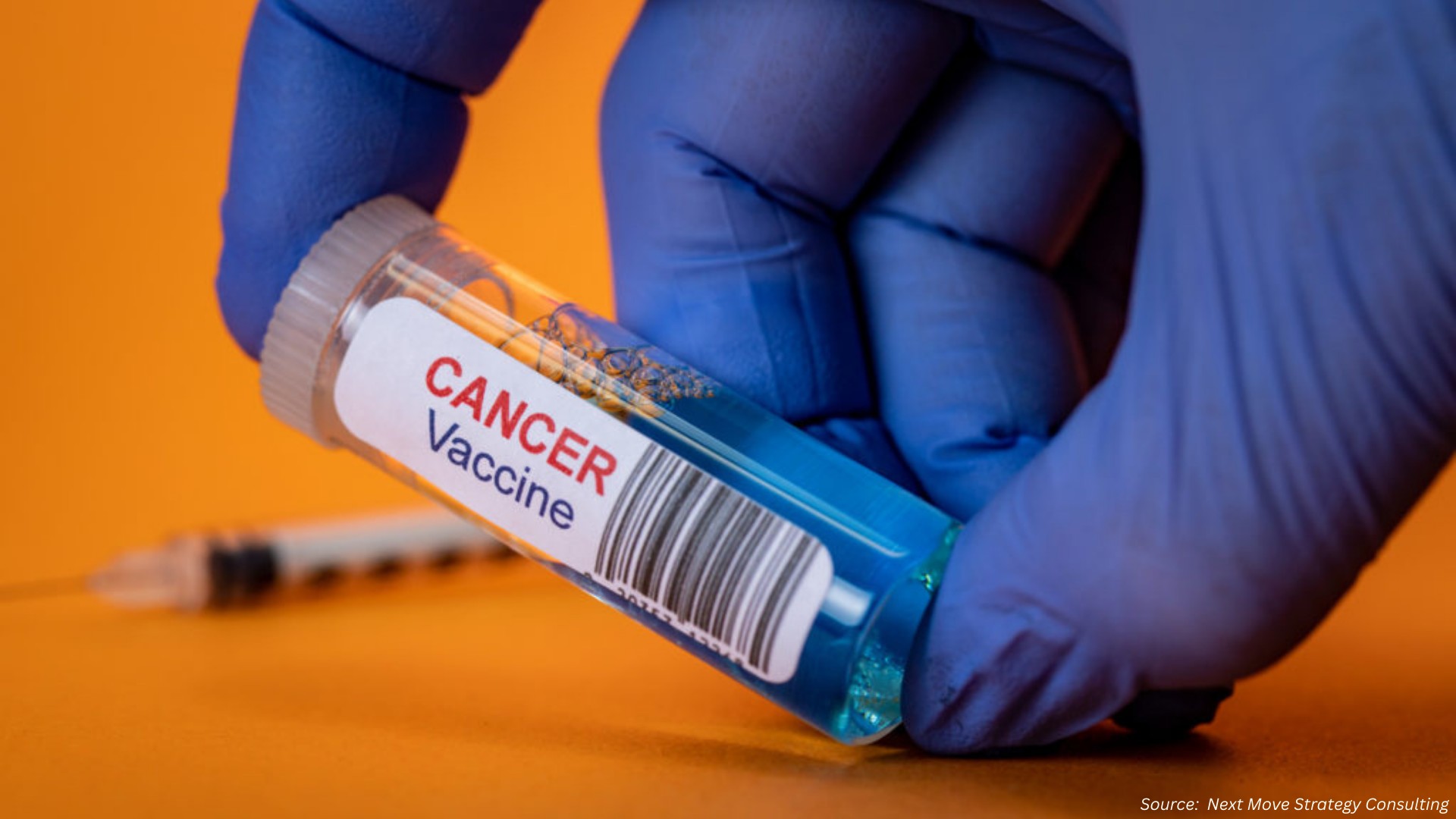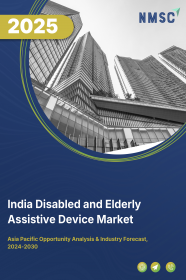
India Disabled and Elderly Assistive Device Market by Type (Mobility & Transfer Assistance, Hearing Impairments, Visual Impairments, Daily Living & Personal Care), by End User (Home Care, Institutional Care, Community & Outpatient, Other) –Opportunity Analysis and Industry Forecast, 2024 – 2030
Industry: Healthcare | Publish Date: 08-Oct-2025 | No of Pages: 119 | No. of Tables: 136 | No. of Figures: 93 | Format: PDF | Report Code : HC1080
India Disabled & Elderly Assistive Device Market Overview
The India Disabled & Elderly Assistive Device Market size was valued at USD 716.2 million in 2023, and is predicted to reach USD 2765.8 million by 2030, at a CAGR of 20.0% from 2024 to 2030.
The disabled & elderly assistive device market refers to a wide range of products and services designed to support the aging population and individuals with disabilities in maintaining their autonomy and improving their quality of life. This market covers medical furniture, hearing aids, mobility aids and living aids, that are crucial for managing chronic conditions and ensuring safety.
Innovations in these areas are driven by the need to address the growing challenges of an aging population and the diverse requirements of individuals with disabilities, making this market integral to enhancing accessibility and wellbeing. This market is fueled by growing rate of disabled individuals, rapid technological advancements, and evolving regulatory landscapes, the assistive device industry prioritizes inclusivity and continuously adapts to meet the ever-changing needs of its diverse user base.
Rising Elderly Population Coupled With Increasing Lifestyle-linked Disabilities Drives Long-term Assistive Device Adoption
India’s elderly population is growing at one of the fastest rates globally, with a significant proportion experiencing age-related mobility limitations, vision and hearing loss, and chronic illnesses such as cardiovascular disease, diabetes, and osteoarthritis. Simultaneously, lifestyle-linked disabilities—stemming from sedentary living, obesity, and workplace-related musculoskeletal disorders—are increasing even among younger adults. This dual trend is amplifying the demand for both basic mobility aids and advanced rehabilitation tools that promote independence, enable home-based care, and reduce healthcare costs. With policymakers prioritizing “aging in place” and expanding geriatric care coverage, assistive devices are becoming a core element in India’s long-term healthcare planning.
Digital Health Expansion And Affordable Iot Integration Propel Smart Assistive Device Demand
The accelerated rollout of India’s National Digital Health Mission, along with private-sector telehealth investments, is fostering rapid adoption of tech-enabled assistive devices. Affordable IoT sensors, AI-driven fall detection, and app-connected rehabilitation equipment are now more accessible due to declining hardware costs and government-backed digital infrastructure. These advancements allow for continuous monitoring, remote therapy, and personalized care—particularly beneficial for elderly individuals living alone or in rural areas. As healthcare providers integrate these solutions into mainstream geriatric and disability care models, demand for connected, interoperable, and scalable assistive devices is expected to surge across urban and semi-urban markets.
Fragmented Regulatory Oversight and Inconsistent Reimbursement Policies Limit Market Scalability
While India has introduced structured medical device regulations, the classification and approval pathways for assistive devices remain fragmented across state and central authorities. Lengthy clearance processes, inconsistent product categorization, and lack of uniform quality benchmarks create operational uncertainty—particularly for SMEs and startups. Moreover, the absence of standardized reimbursement policies under public insurance schemes forces many elderly and disabled individuals to bear out-of-pocket expenses, slowing mass adoption. These challenges hinder timely market entry, limit affordability, and reduce the incentive for manufacturers to invest in advanced product lines.
Government-led Innovation Programs and Make-in-india Push Unlock Localized Assistive Tech Development
India’s strong policy focus on indigenous medical device manufacturing—through initiatives like Make in India, Startup India, and the Production Linked Incentive (PLI) scheme—is opening opportunities for locally designed, cost-effective assistive devices. Coupled with R&D funding for AI, robotics, and wearable tech under national innovation programs, this environment encourages collaboration between med-tech companies, rehabilitation specialists, and academic institutions. Such partnerships are enabling the creation of culturally adapted, affordable, and easy-to-maintain devices suited to India’s demographic and economic realities, positioning the country as a global hub for inclusive assistive technology innovation.
Competitive Landscape
The promising key players operating in India disabled & elderly assistive device industry includes Ottobock, Sonova Holding AG,Stryker Corporation, Sunrise Medical (added), Invacare Corporation (added), Arcatron Mobility, Drive DeVilbiss Healthcare, GPC Medical Ltd, PEAAR Healthcare, Forza Medi India Pvt. Ltd, Ostrich Mobility, Thinkerbell Labs.
India Disabled & Elderly Assistive Device Market Key Segments
By Type
-
Mobility & Transfer Assistance
-
Wheelchairs (Manual, Electric, Specialty)
-
Walkers and Rollators
-
Canes and Walking Sticks
-
Crutches
-
Portable Ramps and lifts
-
Others
-
-
Hearing Impairments
-
Behind‑the‑ear & In‑the‑ear Hearing Aids
-
Assistive Listening (FM/DM) Systems
-
Deafblind communicators for hearing
-
-
Visual Impairments
-
Screen readers and magnifiers
-
Optical magnifiers
-
Smart glasses and wearables
-
Navigation aids
-
Braille writing equipment
-
Talking Devices
-
-
Daily Living & Personal Care
-
Bathroom safety equipment (Grab bars, Shower chairs)
-
Kitchen and dining aids
-
Bed and bedroom accessories
-
Personal hygiene devices
-
By End User
-
Home Care
-
Institutional Care
-
Hospitals & Clinics
-
Assisted‑Living & Nursing Homes
-
Rehabilitation & Day‑care Centers
-
-
Community & Outpatient
-
Other
Key Players
-
Ottobock
-
Sonova Holding AG
-
Stryker Corporation
-
Sunrise Medical (added)
-
Invacare Corporation (added)
-
Arcatron Mobility
-
Drive DeVilbiss Healthcare
-
GPC Medical Ltd.
-
PEAAR Healthcare
-
Forza Medi India Pvt. Ltd.
-
Ostrich Mobility
-
Thinkerbell Labs
REPORT SCOPE AND SEGMENTATION:
|
Parameters |
Details |
|
Market Size Value in 2023 |
USD 716.2 million |
|
Revenue Forecast in 2030 |
USD 2765.8 million |
|
Value Growth Rate |
CAGR of 20.0% from 2024 to 2030 |
|
Analysis Period |
2023–2030 |
|
Base Year Considered |
2023 |
|
Forecast Period |
2024–2030 |
|
Market Size Estimation |
Million (USD) |
|
Growth Factors |
|
|
Companies Profiled |
12 |
|
Customization Scope |
Free customization (equivalent up to 80 working hours of analysts) after purchase. Addition or alteration to country, regional, and segment scope. |
|
Pricing and Purchase Options |
Avail customized purchase options to meet your exact research needs. |

















 Speak to Our Analyst
Speak to Our Analyst



